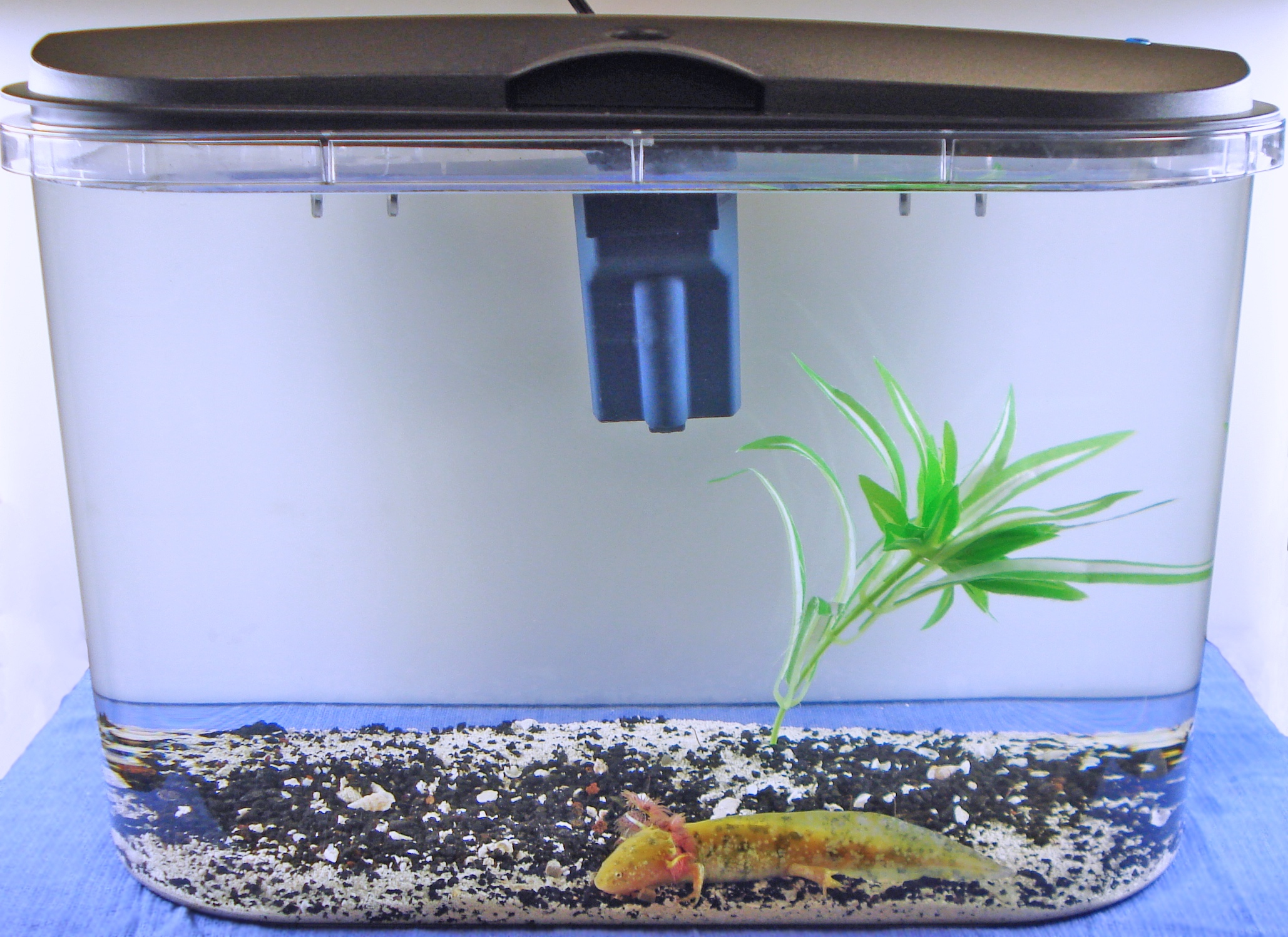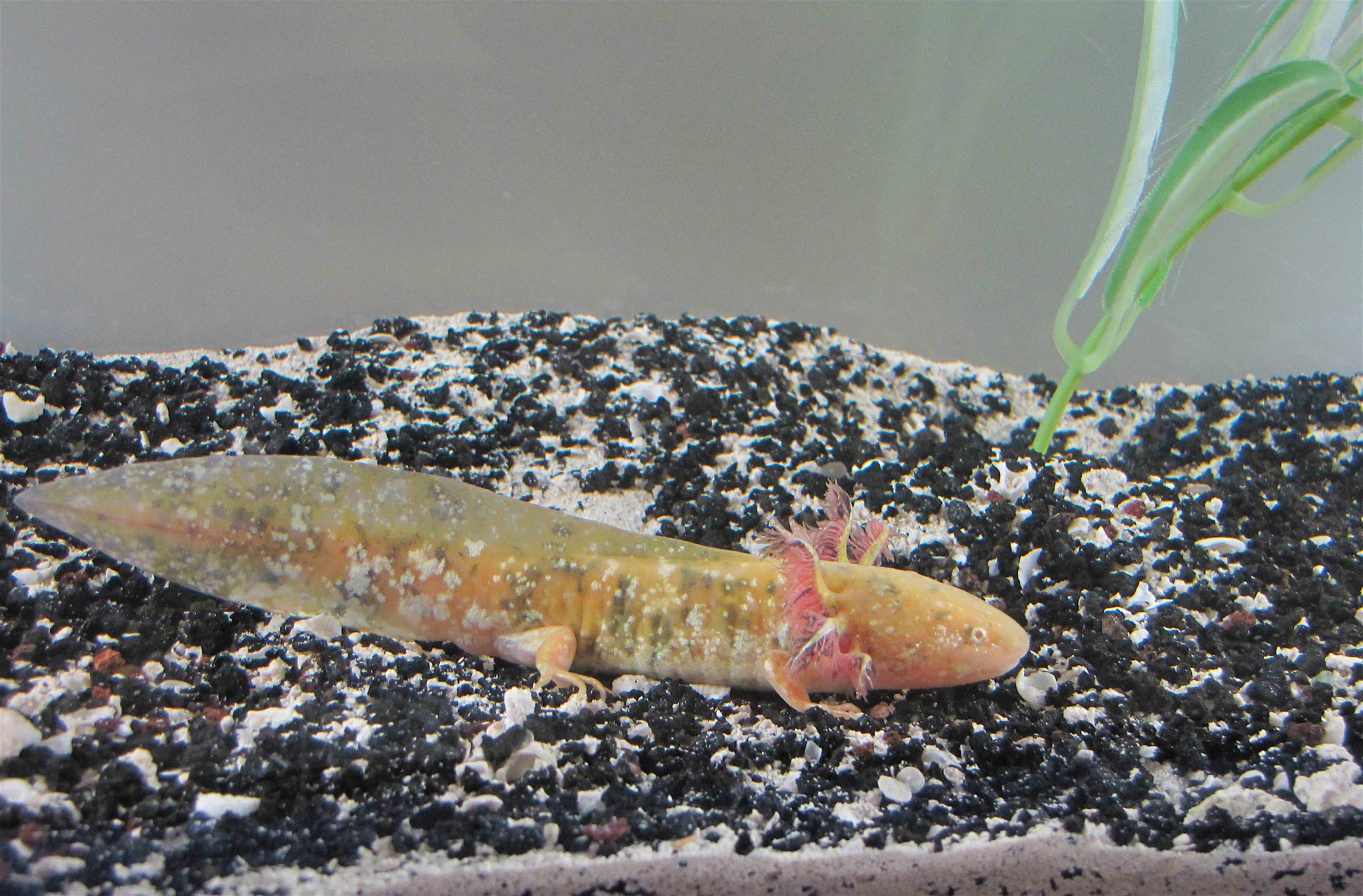Axolotls are one of the best animals to bring into classrooms, learning centers, and museums. Their unusual traits and charming behavior capture the attention of students of all ages, making them perfect for teaching science. These beautiful and durable Axolotl Aquaria include everything needed to rapidly set-up and integrate an axolotl into your learning environment, including the axolotl! Choose among the following options to tailor your Axolotl Aquarium for different learning experiences:



Aquaria Options
Axolotl Biology

This is the most flexible option, chose among a white, albino, melanoid, or wild type colored axolotl. Use your axolotl to learn about axolotl behavior, husbandry, development, and anatomy. Additionally, discuss evolution, ecology and the axolotl’s precarious current situation in nature – the axolotl and many amphibians are on the brink of extinction. The axolotl provides an unparalleled opportunity to emphasize the importance of conserving threatened ecosystems and species.
Eyelessness

This option comes with an amazing eyeless axolotl that provides a focus for learning about the developmental and genetic basis of eyeless animals, and eye disorders in humans. Why are there eyeless animals in natural populations and how do scientists discover or make eyeless animals in the laboratory? This option provides a great opportunity to delve into the axolotl literature and have students develop hypotheses for axolotl eyelessness. The AGSC will share information about the genetic basis of this amazing trait.
Transgenesis

This option comes with a seemingly normal colored white axolotl. However, unobservable to the human eye under natural light, this axolotl emits a glowing fluorescent color. Chose between a Green or Red fluorescent axolotl and use this animal to motivate discussions about transgenic methods and applications in biological research.
Genome Editing

This option comes with a wild type axolotl that has a very beautiful, mosaic color pattern. The color pattern was engineered by editing the tyrosinase gene sequence in the axolotl genome using either CRISPR/CAS9 or Transcription Activator-Like Effector Nuclease (TALEN) technology. The unusual color pattern provides a starting point to delve into the biology of axolotl pigmentation, the genetic basis of albinism, and cutting edge approaches in modern biology that are being used to edit genomes.

